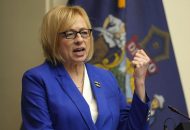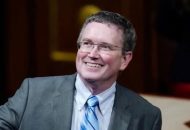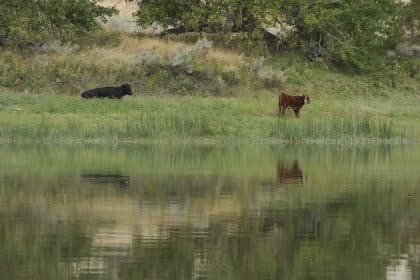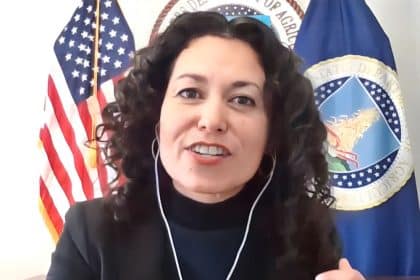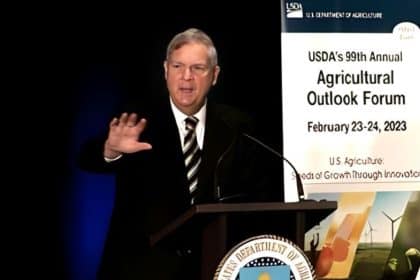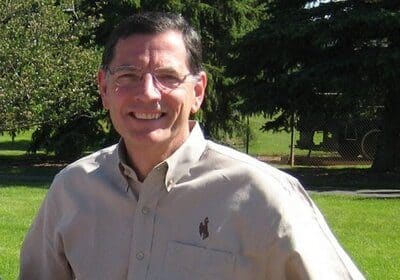Rural Areas Hope to Get More From National Service Programs
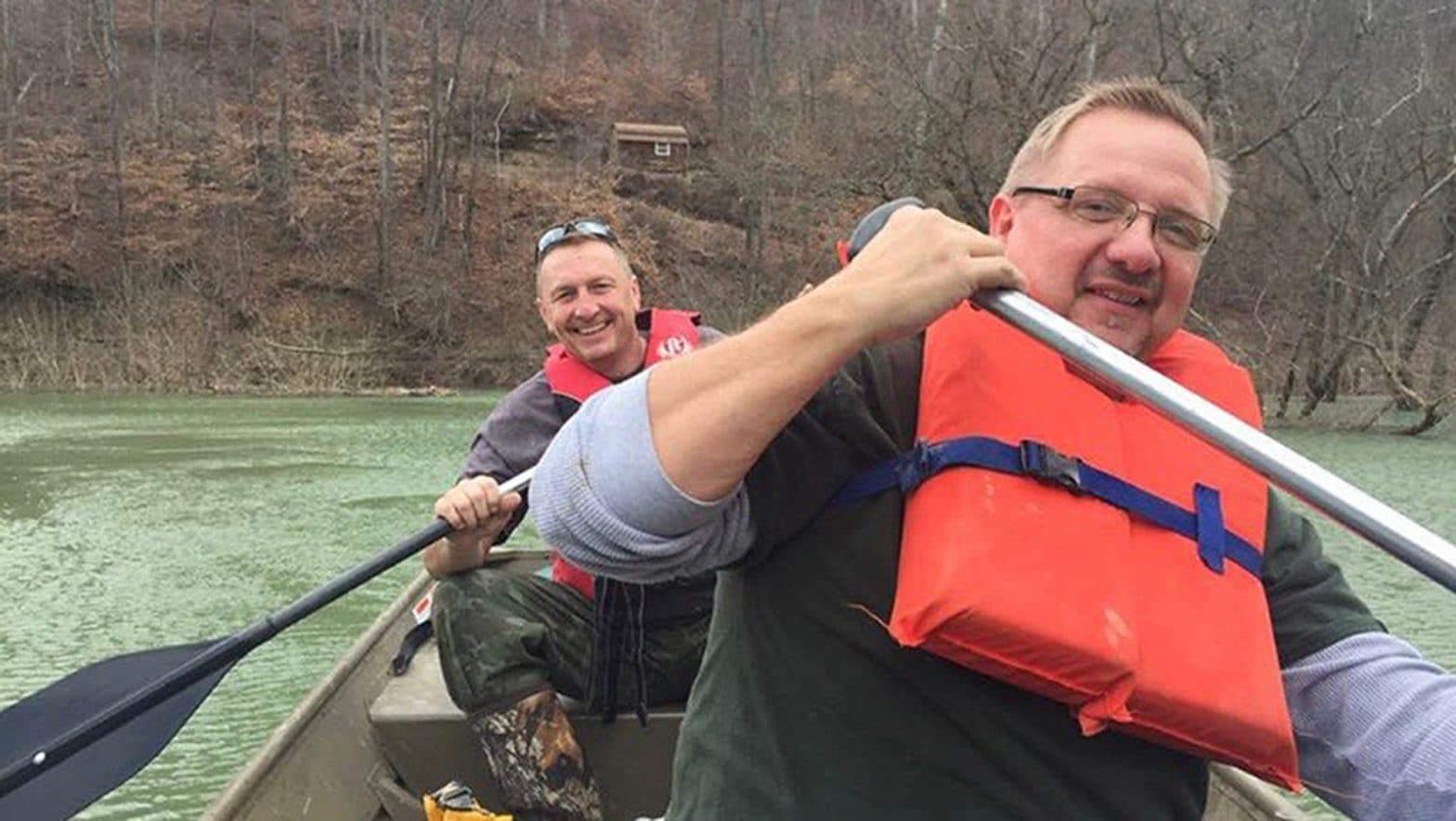
WASHINGTON — The Hindman Settlement School was founded in 1902 to educate children living in the Central Appalachian Mountains of Eastern Kentucky. The school now focuses on helping children with dyslexia, and its leaders propose deploying 40 mentors from AmeriCorps, the national service program, to nearby elementary schools to give students the one-on-one attention they need.
Brent Hutchinson, the school’s executive director, hopes that some of the AmeriCorps volunteers will become full-time teachers in a region that desperately needs more of them. Perhaps, he said, participants from outside Central Appalachia will grow to love the area and settle there.
“The fact that they come in ready to serve makes a difference,” Hutchinson said. “They’re not there because they’re being paid a ton of money.”
Hindman is confident it will find its mentors, but similar programs in rural areas say they struggle to attract volunteers.
Rural residents, who are overrepresented in the military, are less likely to volunteer for national service programs like AmeriCorps, advocates say. Gap-year programs — volunteer opportunities between high school and college or college and a job — are financially out of reach for many kids from rural areas. Meanwhile, volunteers from cities and suburbs tend to prefer urban or international postings.
Advocates say that although participants in full-time service programs can receive health insurance, education benefits and child care help, the programs need more money so people of limited means can take part. AmeriCorps stipends typically range between $7 and $12 an hour, close to the minimum wage in most places.
“The AmeriCorps living allowance isn’t enough to get most people off government benefits, but it gets them moving in that direction,” said Carie Kizziar, program officer for Serve Kentucky, which manages 20 AmeriCorps programs in the state.
Furthermore, volunteers who complete an AmeriCorps program often have a hard time finding a full-time job in the area where they served. Serve Kentucky wants to partner with the state’s education department to get more AmeriCorps participants to become full-time teachers, Kizziar said, but it faces local resistance.
“Most of what we find in rural Kentucky is — a lot of job availability is based on a who-you-know mentality,” Kizziar said, referring to local schools, boards of education and communities.
“So sometimes it’s challenging for us as outsiders to go into those communities and say, ‘This is why you should hire these people.’ Because we’re outsiders and Eastern Kentucky is notoriously leery of outsiders telling them how they should do things.”
Samantha Jo Warfield, a press officer for the Corporation for National and Community Service, the federal agency that oversees AmeriCorps and other national service initiatives, noted that AmeriCorps is a network. State service commissions like Serve Kentucky receive grant money that they distribute to organizations that implement AmeriCorps programs.
About 20% of the U.S. population lives in rural areas and about the same percentage of AmeriCorps projects are based in rural areas, said Warfield, who responded to critiques of AmeriCorps by email.
The idea of using national service programs to help rural America is gaining ground. In October, U.S. Rep. Antonio Delgado and U.S. Sen. Kirsten Gillibrand, both New York Democrats, introduced the Rebuild Rural America Act, a broad measure that includes the creation of a Rural Future Corps to help rural communities improve child care, health services and job training, among other things. A bill summary says “specific efforts would be included to retain the Corps members in the rural areas after their service.”
But compared to cities, many rural communities offer limited housing and transportation options, making them less attractive to participants in service programs, according to a recent report by the Service Year Alliance, a Washington, D.C.-based nonprofit. They also may struggle to come up with the money to match the federal contribution, which is required.
“Organizations in rural areas face a lot of barriers — to even getting to a point where they can apply for (an AmeriCorps grant) — that I suspect don’t show up in the data,” said Kevin Boyer, the group’s associate director of public policy and research.
Advocates in Eastern Kentucky point to an AmeriCorps program called PartnerCorps as a model for what rural schools might do with more volunteers and money. Poor, low-performing high schools in four Eastern Kentucky counties each receive about 20 PartnerCorps members.
Every high school student meets monthly (or weekly, for the neediest students) with a PartnerCorps mentor who provides tutoring and help navigating the college admissions process. The mentors keep the students’ families updated on their progress.
In 2013, PartnerCorps began working at Leslie County High School in Hyden, Ky., a remote mountain town with a few hundred residents. After a steady increase, the school’s ACT scores now hover around the state average.
“It’s one of the poorest counties in the state,” said Robert Roark, the school’s principal. “In the coal mining industry, when I started teaching 30 years ago, I had boys saying, ‘I don’t need to go to college because I’m going to make $70,000 out of college.’ Now that’s not happening.”
Roark said his PartnerCorps members help fill gaps he just can’t address with 29 teachers and nine full-time administrative staff to serve 478 students. When PartnerCorps members complete their service, Roark tries to hire the standouts or find opportunities for them to transition into full-time roles.
But of the roughly 140 PartnerCorps members who have served the high school since September 2013, Roark hired only nine. There have been few job openings, and some have chosen different careers. Three found jobs at other Kentucky public schools.
Overall, about 58% of AmeriCorps participants are hired full-time by the organization or a partner organization after they’ve completed their service. About 37% of those positions were newly created, according to a May 2018 report from the Morrison Institute for Public Policy at Arizona State University.
Nationally, about 4 in 10 AmeriCorps alumni stay in the community following their service year, according to an October 2015 report prepared by JBS International Inc. for the Corporation for National and Community Service.
“We are of the mindset that service years are an opportunity for individuals to find work in the future,” said Kizziar, of Serve Kentucky. “So, we encourage our programs to hire members who are trying to break the cycle of poverty through service, but also trying to get them to help their community while they’re living in their community.”
Amid AmeriCorps’ growing pains, gap years — a service opportunity for some — have grown in popularity. Young people typically use the extra time for internships, travel or volunteering.
But the practice hasn’t resonated with rural people, according to Dreama Gentry, executive director of Partners for Education. “Military service is natural for our rural communities, but the idea of national service or doing service within the community — most folks don’t think it’s for them, so we’re trying to change that perspective.”
About 5% of AmeriCorps alumni served on active duty in the military, according to the report, which included results from a survey of AmeriCorps alumni.
Ethan Knight, founder and executive director of the Gap Year Association, says he’s talked to Service Year Alliance and the Corporation for National and Community Service about how gap years and programs such as AmeriCorps can work together. For example, Knight would like AmeriCorps to pitch its service positions to so-called gappers.
“You can totally have a profound cultural experience going from New York City to Louisiana,” Knight said.
Warfield said AmeriCorps is not limited to the definition of a gap year since it offers service opportunities beyond those geared toward recent high-school and college graduates.
Even so, the people who take a gap year tend to be less motivated by service and more by a desire for personal growth. They’ll go to rural corners of foreign countries, but they rarely choose rural America.
According to a survey of 2014-2015 gap-year participants, 14% of respondents said the United States was their primary destination, followed by far-flung locations: Ecuador, Israel, India, Australia, Senegal, Thailand, Fiji, France and Peru. Only three of 455 respondents chose AmeriCorps.
Hence, gap-year programs will have to challenge perceptions around the reasons to participate.
“If your primary motivation is personal growth, where do you think you can do that the most?” said Nina Hoe Gallagher, an academic at the University of Pennsylvania who prepared the Gap Year Association’s 2015 report. “There’s a larger perception that you’ll experience greater growth outside the U.S.”
Gap-year students are typically female, white, native English speakers from families where the established household income is above $100,000 a year, according to the nonprofit’s research. Gappers from higher-income backgrounds typically receive financial support from their parents. About half hail from the Northeast, followed by the West Coast, Midwest and South, Knight said.
Poorer rural residents, many of whom have received government assistance, should have the opportunity to give back too, according to advocates.
“We really believe that service is transformative to the people who do it,” Gentry said. “Folks, especially young people who have grown up in poverty and have always been served, they need to have an opportunity to serve their community.”
———
©2019 Stateline.org
Visit Stateline.org at www.stateline.org
Distributed by Tribune Content Agency, LLC.









